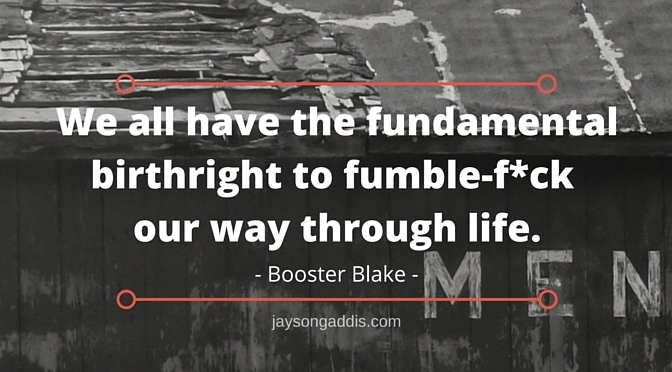Fighting is an unpleasant but unavoidable part of any marriage or close relationship. So if you want to maintain your relationship, you’re going to have to learn how to resolve a fight or disagreement in a constructive and validating way.
According to the Thomas-Kilmann Model, people tend to take one of five basic approaches to conflict resolution.
- Avoiding
- Accommodating
- Compromising
- Competing
- Collaborating
You can take less healthy approaches that include engaging in competition, avoiding the problem entirely, or accommodating your partner by sacrificing your essential wants and needs. Or, you can take more constructive, win-win approaches to conflict resolution such as deep listening and collaborating.
4 Steps for Conflict Resolution
To help you take the high road while resolving conflict, here’s a simple 4-step process to follow. If you’re going to get in a fight (and you inevitably will), here’s what you can do for a mutually beneficial resolution.
Step 1: Number. This number represents your emotional state in terms of your relationship at any given time. I recommend using a scale of 0 to 10 with 0 being full connection and feeling that you are well-loved and have a heart that is readily available. By contrast, 10 represents feelings of deep anger, fear, and resentment that have been triggered by your partner. If your number is above a 5, you’ll likely be in a state of “fight, freeze or flight.” Your number is a great way to assess and understand your own feelings. It can also be useful for partners to share their numbers with each other. I also do this in our NEST meditation.
Step 2: Get Their World. This means understanding your partner and where he or she is coming from. This requires a significant amount of commitment, concentration, and control. Remember, in order to better understand another person’s point of view, it is often necessary to put your own point of view aside.
Step 3: Validation. This entails gaining a deep understanding of your partner’s motivations and the origins of their thoughts and feelings. These origins can be anything from your own words and behaviors to family histories and past traumas. By recognizing and empathizing with your partner in this way, you give credence to their actions as well as their wants and needs.
Step 4: Ownership. Simply put, ownership involves taking responsibility for the ways in which you participated in the conflict dynamic. This might mean admitting that you acted with a lack of integrity, treated your partner unfairly, or have inadvertently hurt your partner.
Watch this short video to get more on the 4 steps and resolve a fight instead of letting those feelings fester.
To learn even more about resolving conflict through our proven process, get on our wait list or sign up for our Accepted & Connected live virtual event here. You can also dive deeper into quickly resolving differences and disagreements in this free online workshop.












Im trying to recover myself from a failed marriage of 42 years and all the grief of how much “ shit” I put up with as I never considered leaving until there were secrets that were revealed
Lying totally not ok
Not sure what my next step is
I’ve been doing therapy and podcasts and books for last six years. Still in painful grief